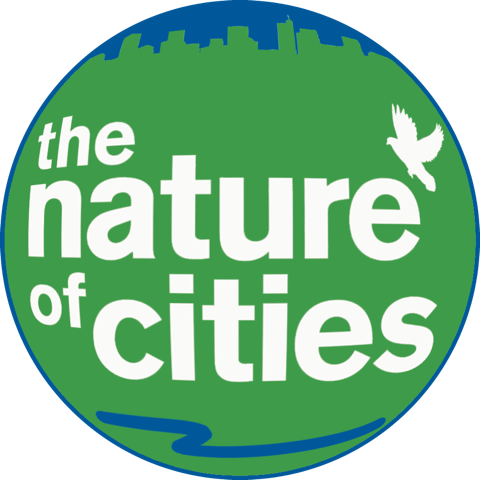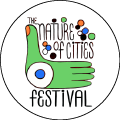15 November 2017
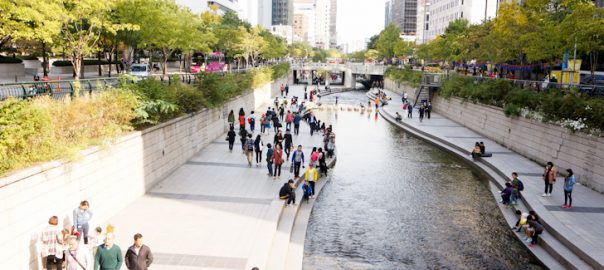
Whenever I listen to the song Some Kind of Nature by the Gorillaz & Lou Reed, it makes me think about what kind of nature we are going to end up with in our cities, even though the song isn’t actually about urban nature at all. From my perspective here...
0 Comment(s)Join our Conversation
13 November 2017
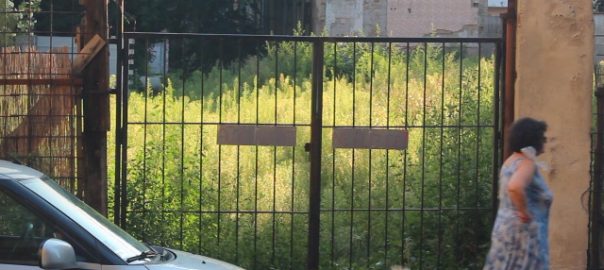
Juliana Montoya and Juan Azcárate, Bogotá (To read this post in English, see here.) Asilvestrando ciudades: Una perspectiva desde la biodiversidad latinoamericana Analizando la idea de asilvestramiento de las ciudades (re-wilding cities) como espacios que permiten la vida de especies de forma natural y espontánea en lugares diferentes a su...
35 Comment(s)Join our Conversation
12 November 2017
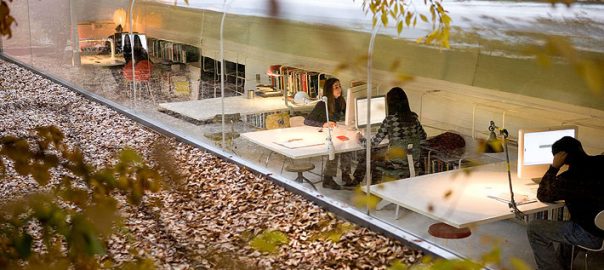
Regular readers of TNOC will be familiar with the biophilia hypothesis, which supposes an innate emotional link between humans and the natural world that positively impacts our psychological wellbeing. In other words, we feel most at home in naturalistic surroundings, as this is where we evolved and have spent the...
1 Comment(s)Join our Conversation
9 November 2017
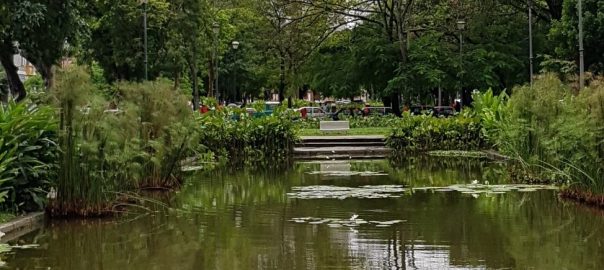
Some weeks ago I took part in a seminar in Recife, Brazil, where colleagues of Brazil, Colombia, Chile, and Mexico met. The main queries to be answered were: How each professional from their individual specialities could collaborate to address the New Urban Agenda established by the Habitat III Conference, held...
2 Comment(s)Join our Conversation
6 November 2017
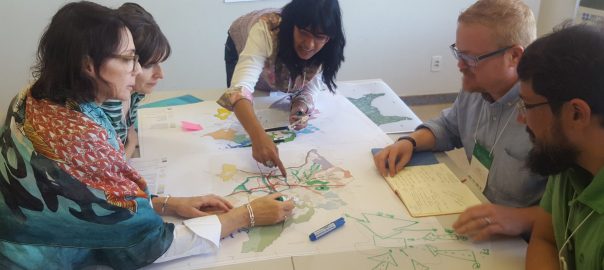
There is strong interest in the theme of re-naturing cities, since “naturalizing” cities can help address multiple global societal challenges and generate benefits, such as the enhancement of health and well-being, sustainable urbanisation, the provision of ecosystems and their services, and resilience to climate change. But, what are the theories,...
0 Comment(s)Join our Conversation
3 November 2017
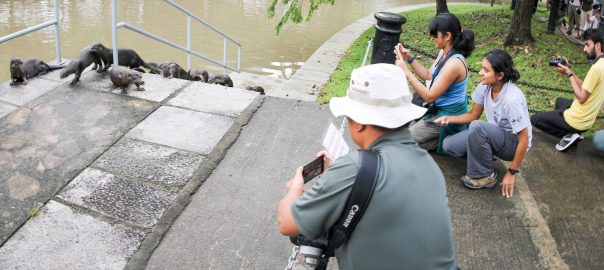
Humans have been living with wildlife since time immemorial. But with the growth of cities, people have become so distant from nature and wildlife that many think there is no native flora and fauna left in urban jungles. This alienation raised such concern in the global community that the United...
2 Comment(s)Join our Conversation
31 October 2017
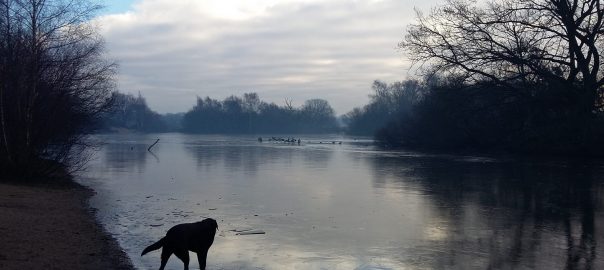
Warning: What follows is entirely personal and non-scientific. This is a good thing. I live and work in a global city. Here’s my justification for being here. I work on scaling up greening in cities across Europe. My global city—London—has been a leader in urban greening initiatives for many years....
6 Comment(s)Join our Conversation
30 October 2017
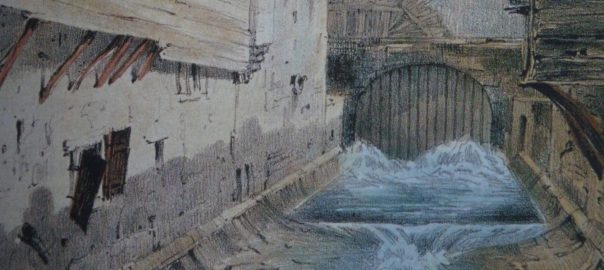
A review of The Lost Rivers of London, by Nicholas Barton and Stephen Myers, 2016. ISBN:1905286511. Historical Publications Ltd . 224 pages. Buy The Lost Rivers of London. …and London’s Lost Rivers, by Paul Talling. ISBN: 184794597X. Random House UK. 192 pages. Buy London’s Lost Rivers. The Lost Rivers of London by Nicholas Barton...
1 Comment(s)Join our Conversation
28 October 2017
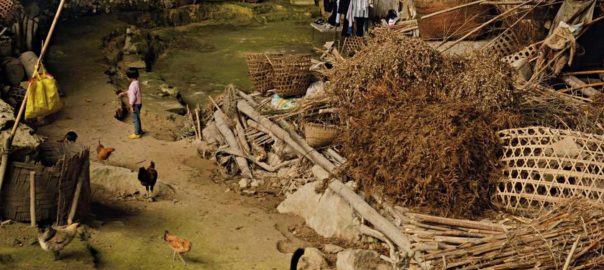
In previous TNOC posts I wrote about two apparently different topics: urban agriculture and living underground. Let’s combine them now into a new urban object: Farming underground. You may very well think that I am playing smart-aleck here, and that this paper is just a piece of bravura, since farming...
2 Comment(s)Join our Conversation
25 October 2017
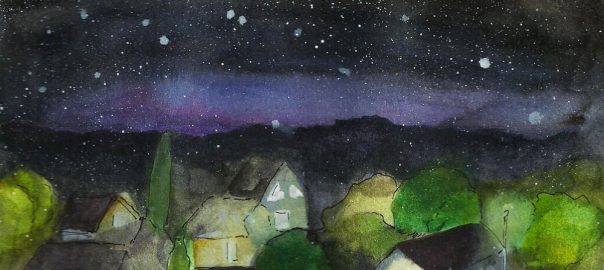
If you took the city of Tokyo and turned it upside down and shook it you would be amazed at the animals that fall out: badgers, wolves, boa constrictors, crocodiles, ostriches, baboons, capybaras, wild boars, leopards, manatees, ruminants, in untold numbers. There is no doubt in my mind that that...
8 Comment(s)Join our Conversation
22 October 2017
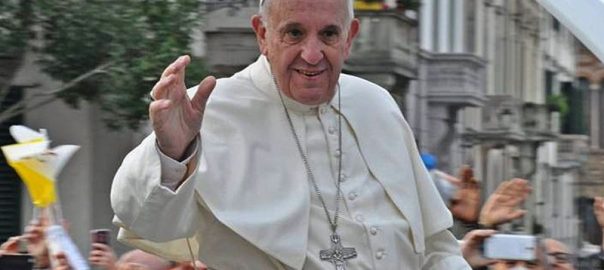
Increasingly, urban nature is viewed not only as a scientific, technological or design issue, but a moral one. The recent TNOC roundtable “Ecosystems for everyone” rested on the assumption that provision of and access to ecosystem services and urban nature is a “moral imperative”. Indeed, Steward Pickett began his contribution...
8 Comment(s)Join our Conversation
18 October 2017
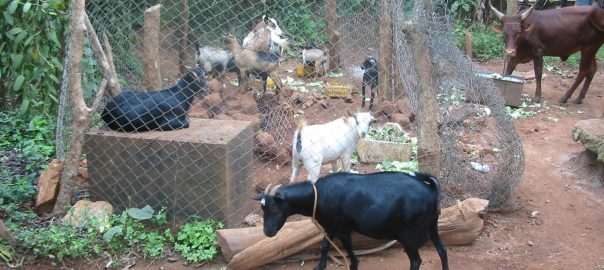
The impacts associated with city functions, economic, environmental, mobility, extend well beyond their administrative boundaries. But the contemporary and dominant frameworks and systems for managing cities have always determined what activity is allowable, where, and how the infrastructure and any developments pertaining to the function would be developed. Thus, functionality of...
1 Comment(s)Join our Conversation
16 October 2017
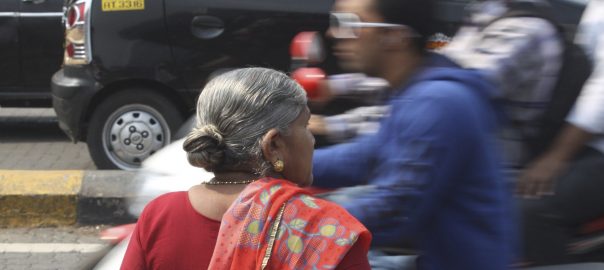
A review of Global Street Design Guide. From the Global Designing Cities Initiative. ISBN: 9781610917018. Island Press. 442 pages. Buy the book. Streets are often the biggest share of publicly-owned land in a city. All too often, they’re conceived and managed only as thoroughfares for motor vehicles. A whole set of standards has...
0 Comment(s)Join our Conversation
15 October 2017
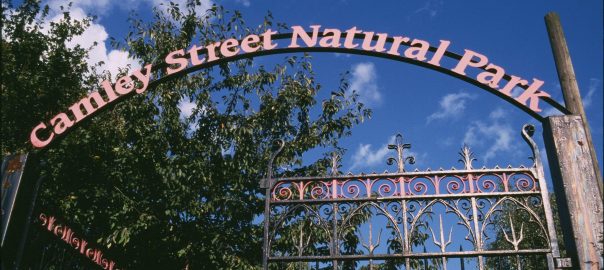
Looking back over 50 years working as an ecologist some things stand out as real success stories. Camley Street Natural Park in London is one of these. On the day that I started work as Senior Ecologist at the Greater London Council (GLC) in 1982 I learnt that the Council...
0 Comment(s)Join our Conversation
11 October 2017
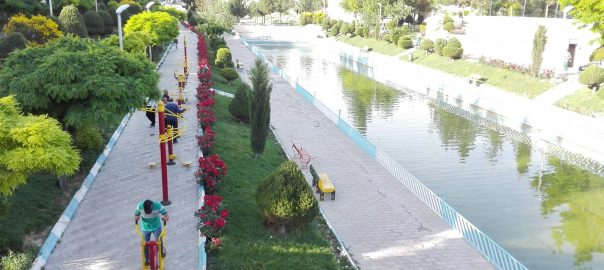
We walk through Mashhad, Iran, and start giggling like children. “Look how clean everything is! There are trash bins, and parks with good exercise equipment, and wide sidewalks you can actually walk on without being sideswiped by motos, rickshaws, bicycles and cows! Oh, how nice… they painted the park benches!...
0 Comment(s)Join our Conversation
8 October 2017
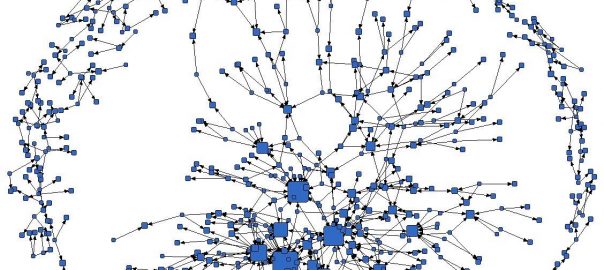
Worldwide, cities are grappling with aging infrastructure, shifting populations, and changing weather patterns, necessitating the use and expansion of green space in equitable and creative ways. Many are embracing a transition from the sanitary city—comprised of siloed functions and grey infrastructure—to the sustainable city—comprised of regenerative and distributed systems that...
0 Comment(s)Join our Conversation
4 October 2017
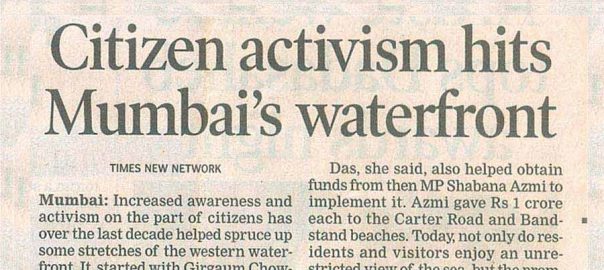
Broken and disparate urban landscapes are common experience. The multitude of issues and concerns that are causing such conditions are not new; neither are responses of those who are committed to ideas of sustainability. Yet, discussions of the causes and responses have to be repeated many times over, in order...
2 Comment(s)Join our Conversation
2 October 2017
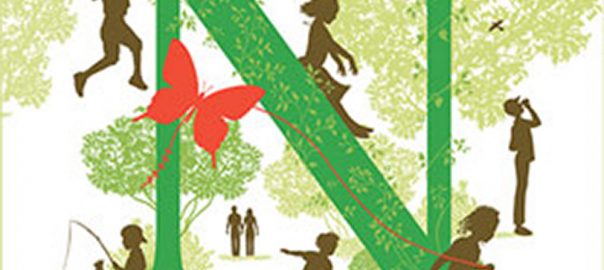
A review of Vitamin N, by Richard Louv. 2016. ISBN:1616205784. Algonquin Books, Chapel Hill. 304 pages. Buy the book. Combating nature-deficit disorder—the new self-help fad, or something really useful? When I stumbled on Richard Louv’s book Vitamin N (2016 Algoquin Books) my initial reaction was one of shock. Have we really...
0 Comment(s)Join our Conversation
1 October 2017
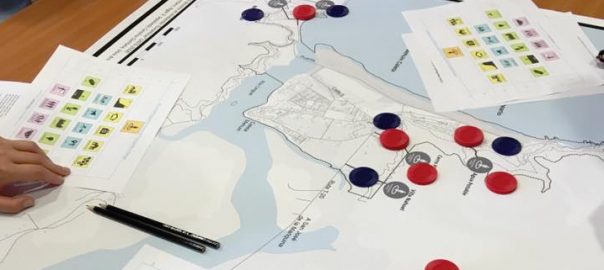
To plan resilient cities is a complex task. It involves making decisions that involve the built, social, economic, and environmental development of a territory, including unexpected changes, such as those caused by extreme natural events. The effects of earthquakes, tsunamis, volcanic eruptions and fires, among other disturbances, need to be...
0 Comment(s)Join our Conversation

